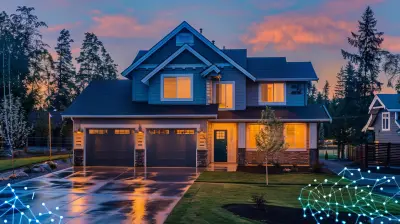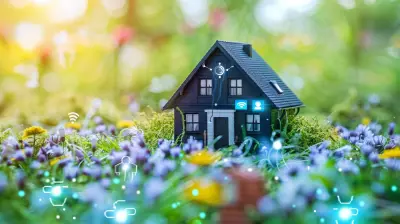The Role of Landscaping in Adding Value to Land Development Projects
14 August 2025
When you think about land development projects, what’s the first thing that pops into your mind? Probably things like zoning laws, excavation, blueprints, or maybe even construction costs. Landscaping, on the other hand, tends to land way down on that mental checklist—often treated as an afterthought or “something we’ll deal with later.”
But here’s the big reveal: landscaping isn’t just about planting a few pretty flowers or tossing down sod before showtime. It's a powerful tool that can seriously boost the value, appeal, and longevity of any land development project. Whether you're flipping lots for residential builds or creating the next big mixed-use attraction, landscaping can make or break your project’s curb appeal, profitability, and livability.
Let’s dig in (pun absolutely intended) and break down what makes landscaping not only important—but essential—for adding value to land development.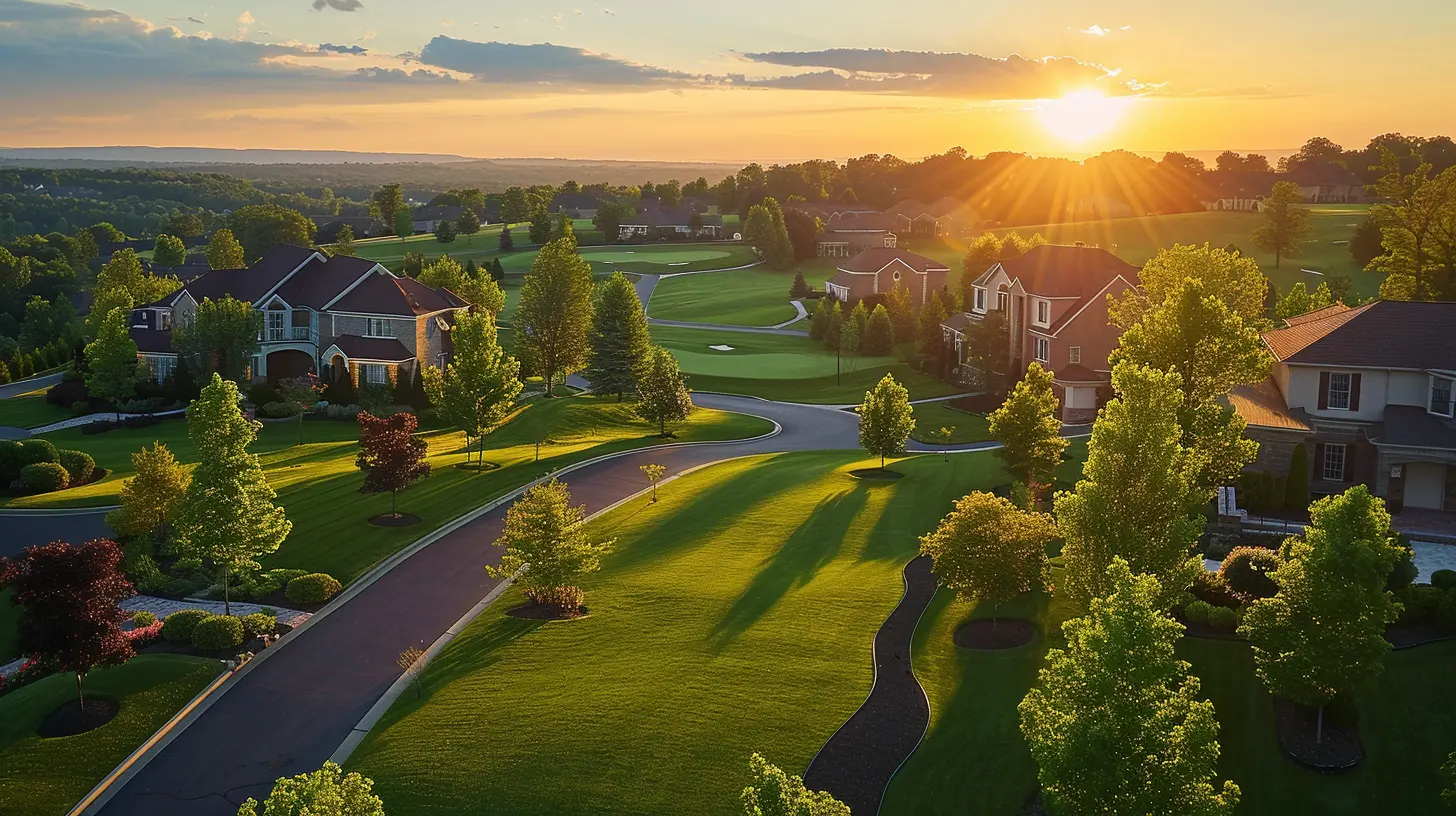
First Impressions Matter… Like, A Lot
Have you ever judged a book by its cover? Of course, you have—we all have! The same goes for properties. The moment a potential buyer or tenant drives by your property, they’re sizing it up. If the landscaping looks like an afterthought or worse—nonexistent—it sets a tone that can be hard to recover from. But a thoughtfully landscaped entrance? That hits different.Whether it's lush green lawns, tree-lined streets, or well-lit walking paths, landscaping is the red carpet for your real estate. It's like the handshake before the interview—strong, confident, and inviting. First impressions don’t just stick; they influence decision-making, pricing, and overall perception of quality.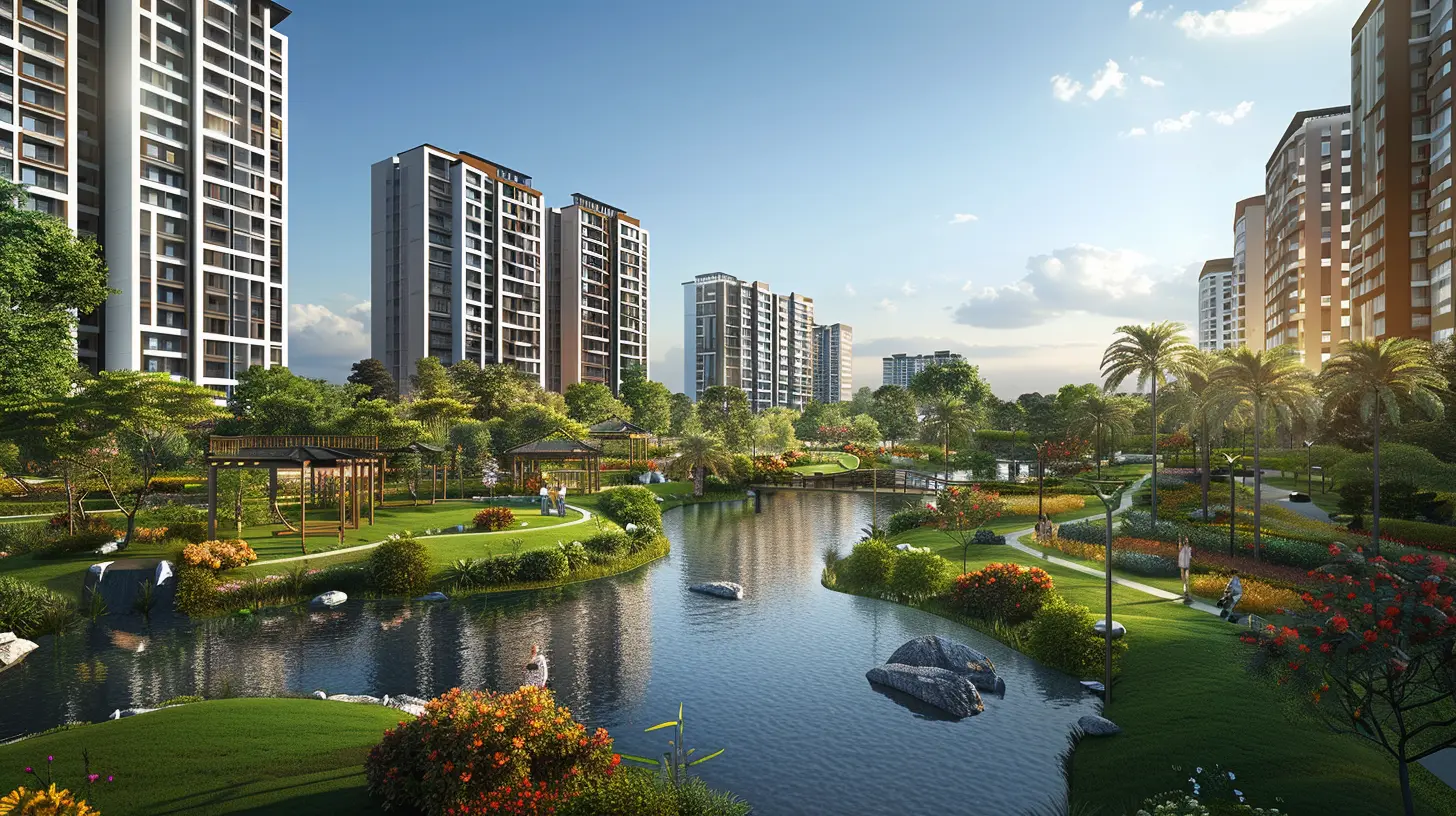
Landscaping as a Silent Value Booster
Let’s not sugarcoat it: land development is a serious investment. With every dollar you sink into infrastructure, permits, and construction, the goal is to get it back—and then some. Landscaping might not show up on your balance sheet like hard assets, but its impact on return-on-investment (ROI) is undeniable.Here's how:
- Increased Perceived Value: Properties with professional landscaping can sell for up to 20% more than similar, unlandscaped properties.
- Speed of Sale or Lease: People are quicker to commit to properties that look complete. Landscaping offers that finished, move-in-ready vibe.
- Energy Efficiency: Strategic plantings can shade buildings, lower cooling costs, and reduce overall energy consumption.
It’s like investing in a sharp suit for a job interview. You could still land the job in jeans and a tee, but the sharp suit might just seal the deal a whole lot faster—and at a higher salary.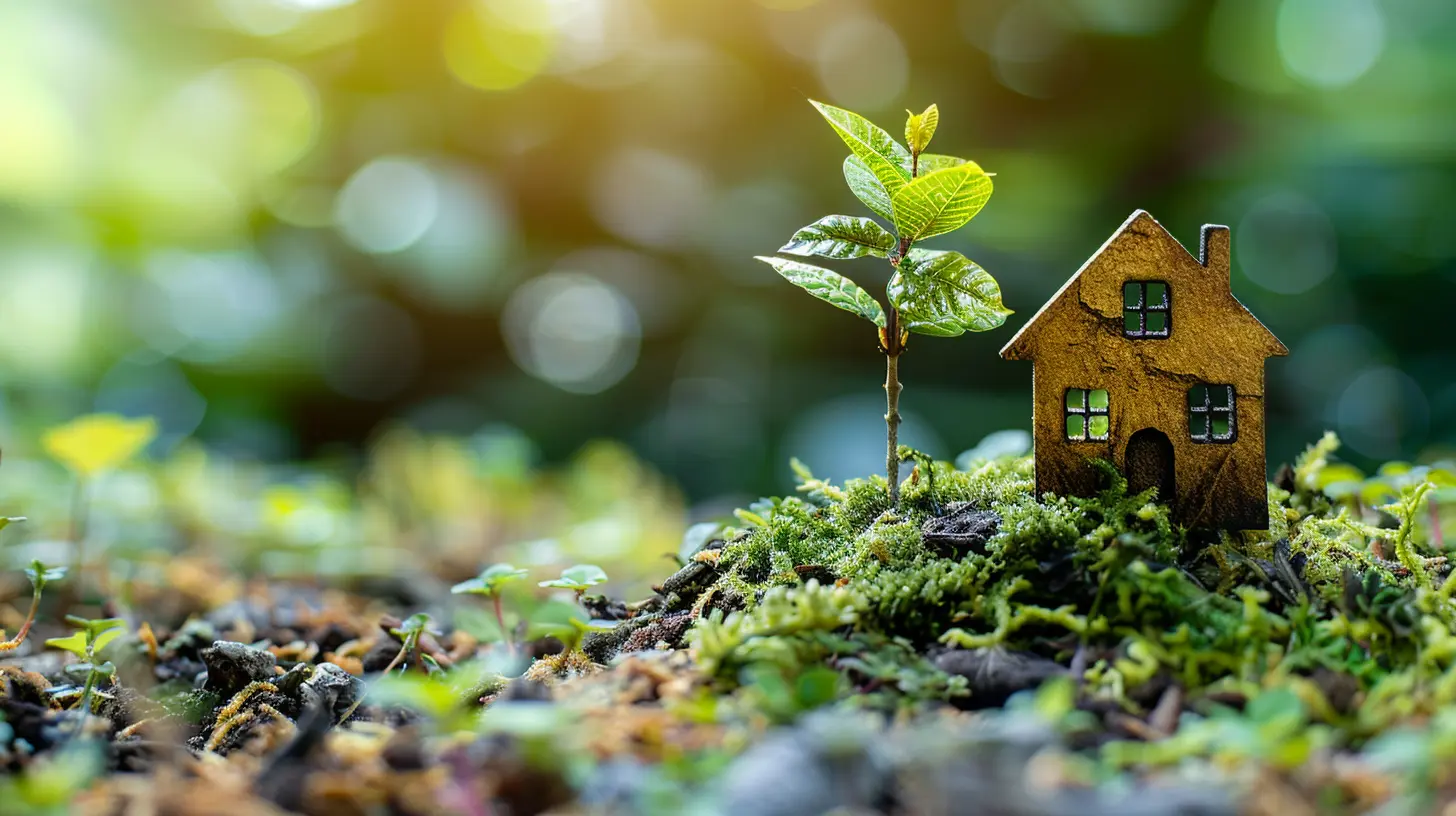
The Psychology of Green Spaces
Okay, here's a fun fact: multiple studies show that people are naturally drawn to green spaces. We instinctively associate greenery with safety, relaxation, and well-being. This psychological pull plays a huge role in how prospects feel about your development.Think about it. Which would you rather live next to: a dusty, barren lot or a space framed with native trees, flowering shrubs, and meandering pathways? The answer’s obvious.
This emotional connection to nature—often referred to as biophilic design—is becoming a hot trend in real estate. Developers are embracing this idea, integrating nature as part of everyday living to foster a deeper connection with the space. The result? Happier residents and higher retention rates.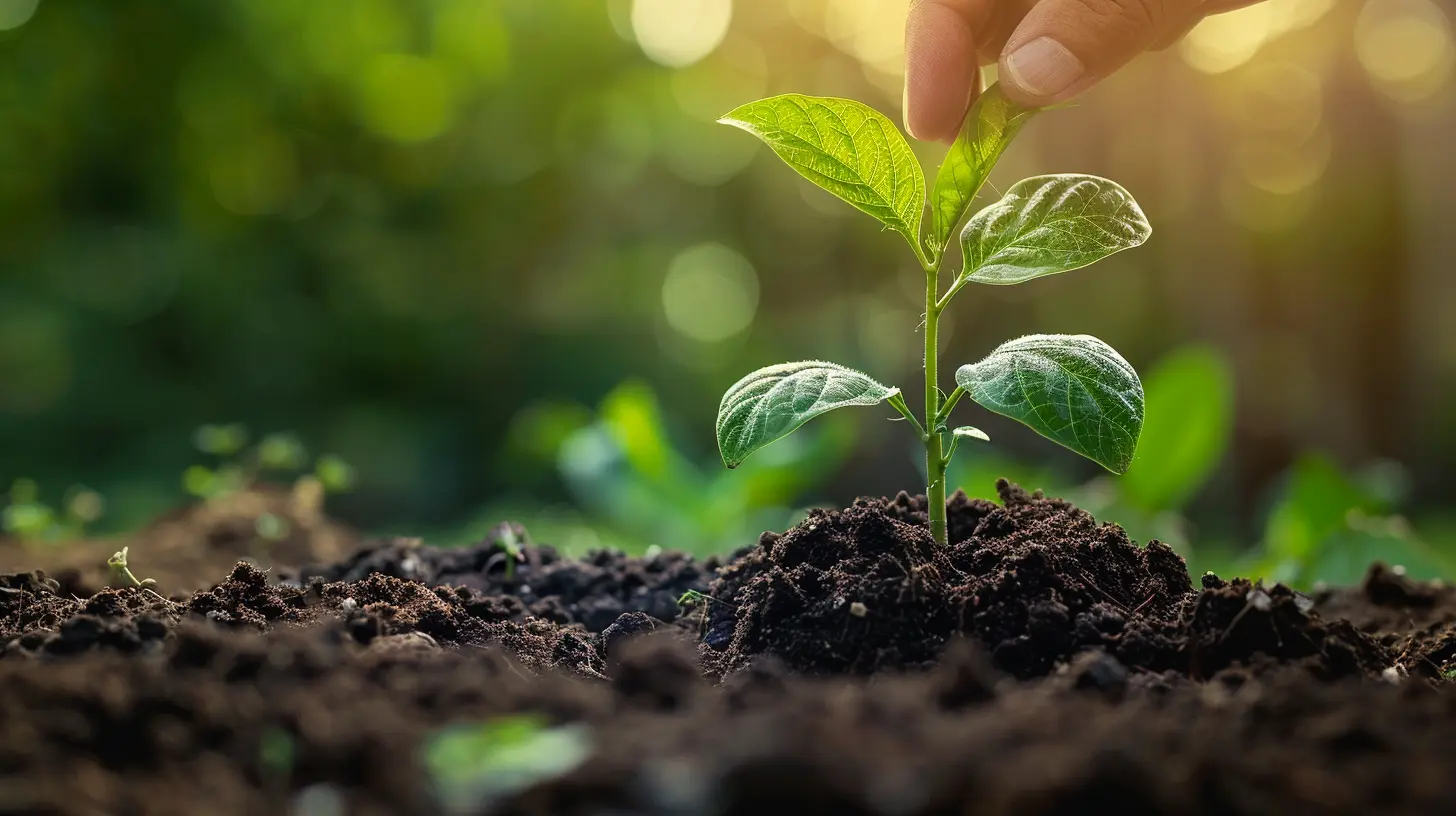
Boosting Biodiversity and Sustainability
Landscaping isn't just about looks—it’s also about ecosystem health. A sustainable landscape with native plants, pollinator-friendly areas, and low-water-use systems doesn’t just score you climate-conscious brownie points—it creates a resilient and low-maintenance environment.Eco-conscious developments sell better, especially among millennials and Gen Z-ers who prioritize sustainability. Plus, less maintenance equals reduced long-term costs. It’s a win-win.
So, planting a few native trees and building a xeriscape garden can be more than just eco-friendly—it positions your project as forward-thinking and future-proofed.
Smart Landscaping Design = Function + Beauty
Let’s talk strategy. Landscaping isn’t just decorative; it should be smart and functional. A well-designed landscape plan works with the land, not against it. This includes:- Stormwater Management: Trees, rain gardens, and permeable pavement reduce runoff and control erosion.
- Noise Reduction: Dense greenery can act as a natural sound barrier, especially handy in urban settings.
- Privacy: Thoughtful placement of hedges, trees, and berms can create natural privacy screens—no need for ugly fences.
This kind of planning turns your outdoor spaces into multi-functional assets that serve both aesthetic and practical needs. Think of it like a Swiss Army knife that looks good while doing everything.
Enhancing Community Interaction and Social Value
Great landscaping doesn’t just look pretty—it brings people together. Green spaces act like social glue, encouraging interaction among neighbors, families, and friends. Parks, community gardens, walking trails, and open lawns offer more than recreation—they craft a sense of place.In mixed-use developments or planned communities, these shared outdoor areas can significantly enhance community engagement and satisfaction. And happy residents? They’re more likely to stay put, take pride in their surroundings, and recommend the community to others.
The social fabric weaves stronger when seeded with good landscape design.
Increasing Livable Square Footage
While most people fixate on indoor square footage, savvy developers know that livable space includes what’s outside too. A cozy patio, shaded backyard, or rooftop garden extends the usable area of any home or apartment.In urban areas where indoor space costs a premium, outdoor amenities like landscaped courtyards or rooftop gardens become highly desirable. They offer breathing room, relaxation zones, and entertaining spaces—all without the buyer having to increase their square footage (or their mortgage).
And yes, landscaped outdoor areas count big time when someone’s evaluating the lifestyle your development offers.
Curb Appeal = Brand Identity
Let’s face it: a beautiful development becomes a recognizable brand. Think of iconic neighborhoods or luxury developments you know. Chances are, their lush landscaping was part of their signature allure.When you invest in consistent, thoughtful outdoor design, you’re not just beautifying the place—you’re building a visual identity. It helps your project stand out in a crowded market and keeps resale and future investments strong.
In a world where visuals often come first (hello, Instagram-worthy content), landscaping plays a central role in how your property is shared, saved, and celebrated.
Landscaping Upgrades That Pay Off
Now, you might be wondering, “Okay, this sounds great—but what specific features should I prioritize?” Great question. Here are some landscaping features that reliably add value to land development projects:- Tree Canopy and Shade Trees: They add character and help with energy efficiency.
- Native and Drought-Tolerant Plants: Low maintenance, high return.
- Outdoor Lighting: Enhances safety and ambiance.
- Irrigation Systems: Essential for long-term maintenance.
- Community Spaces: Parks, trails, and open lawns elevate appeal.
- Water Features: Fountains and ponds add a luxurious feel.
- Pathways and Hardscapes: Functional and aesthetic value combined.
Each of these features can be scaled up or down based on project size and budget—but incorporating even a few can vastly increase project appeal.
Timing is Everything
One thing that trips developers up? Waiting too long to plan landscaping.Landscape design should be part of the initial blueprint, not the finishing garnish. When considered early on, landscaping can complement infrastructure, support site grading, and offer better integration with utilities. Plus, trees and shrubs take time to mature—so the earlier they're in the ground, the sooner they contribute to the property's value.
So don’t wait until the final walkthrough. Start dreaming up your green spaces from day one.
Final Thoughts: Don't Skip the Green Stuff
Land development is full of moving parts, deadlines, and tough calls. With so much focus on structures and systems, it’s easy to push landscaping to the sidelines. But doing so could mean missing out on a huge opportunity to set your project apart—and boost its bottom line.Landscaping isn’t just “extra”—it’s essential. It adds beauty, functionality, sustainability, and emotional appeal. And in a competitive market? That green edge might be exactly what you need to stand out, sell faster, and profit more.
So the next time you’re planning a project, remember: people don’t just buy buildings—they buy environments. And the right landscaping helps create one that people are proud to come home to.
all images in this post were generated using AI tools
Category:
Land DevelopmentAuthor:

Melanie Kirkland
Discussion
rate this article
1 comments
Laila McGuffin
Great insights! Landscaping is crucial for enhancing property appeal and value; a well-designed outdoor space can significantly boost marketability.
August 22, 2025 at 3:14 AM

Melanie Kirkland
Thank you! I appreciate your feedback and completely agree—landscaping is key to enhancing both appeal and value in land development.
